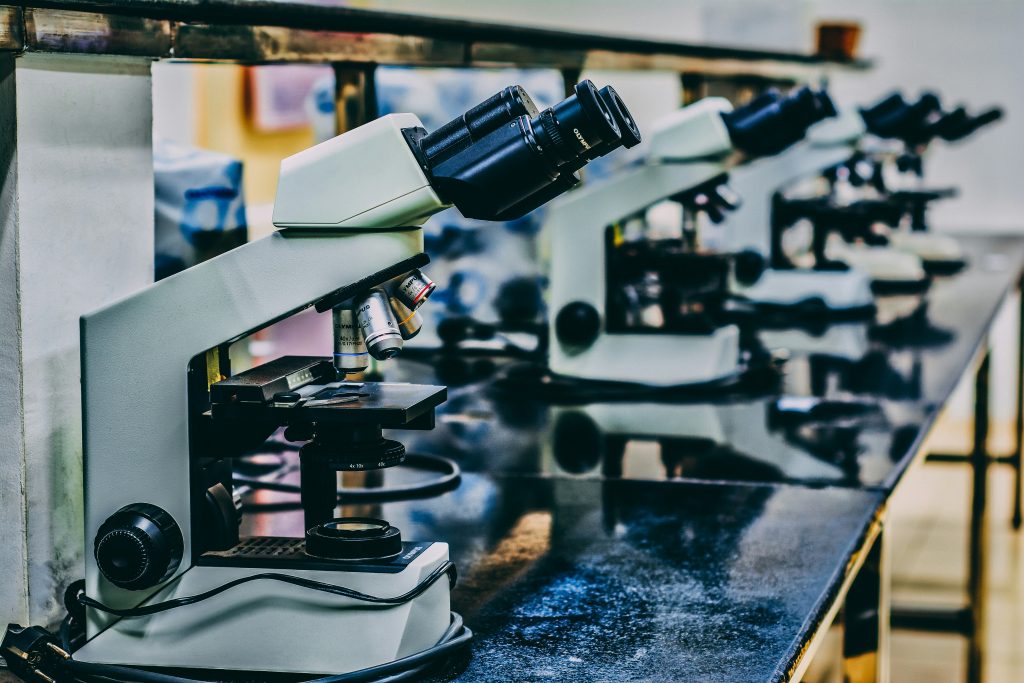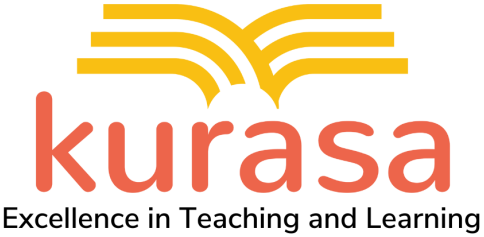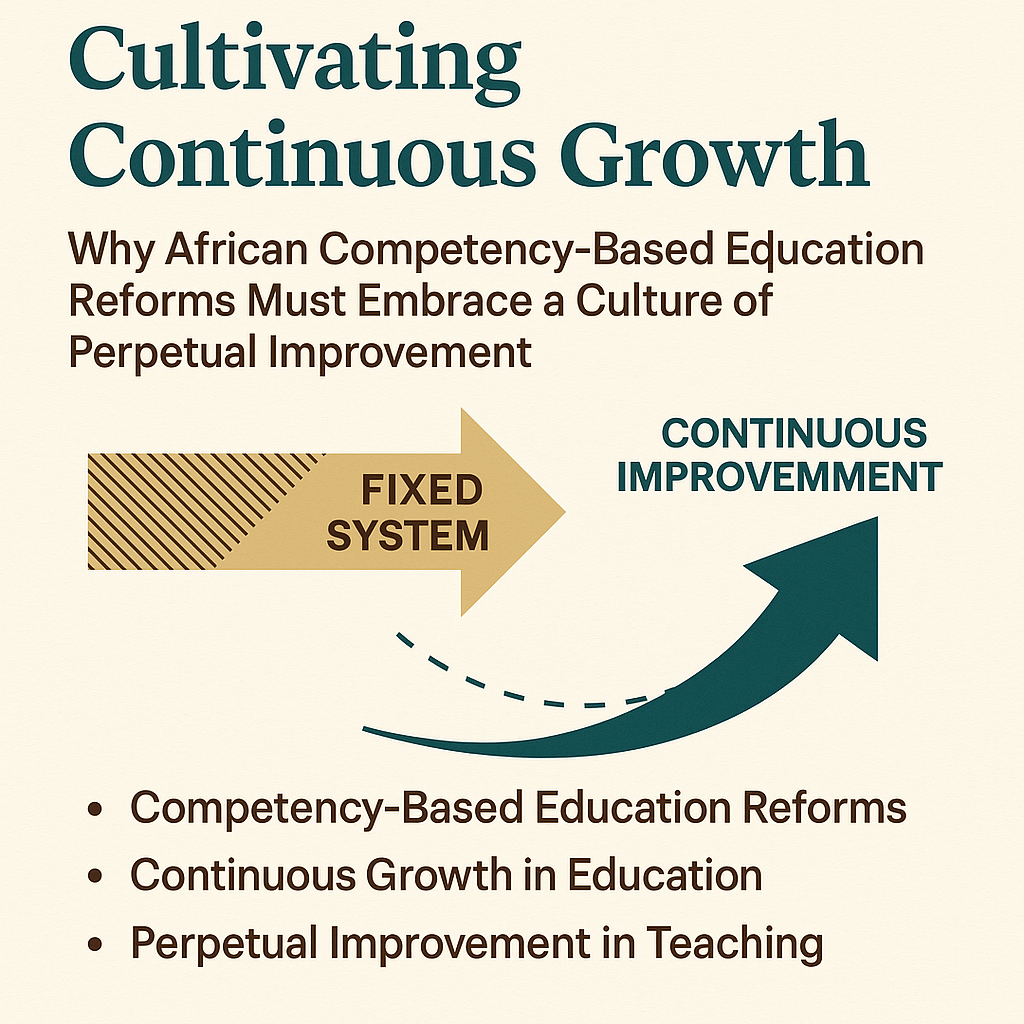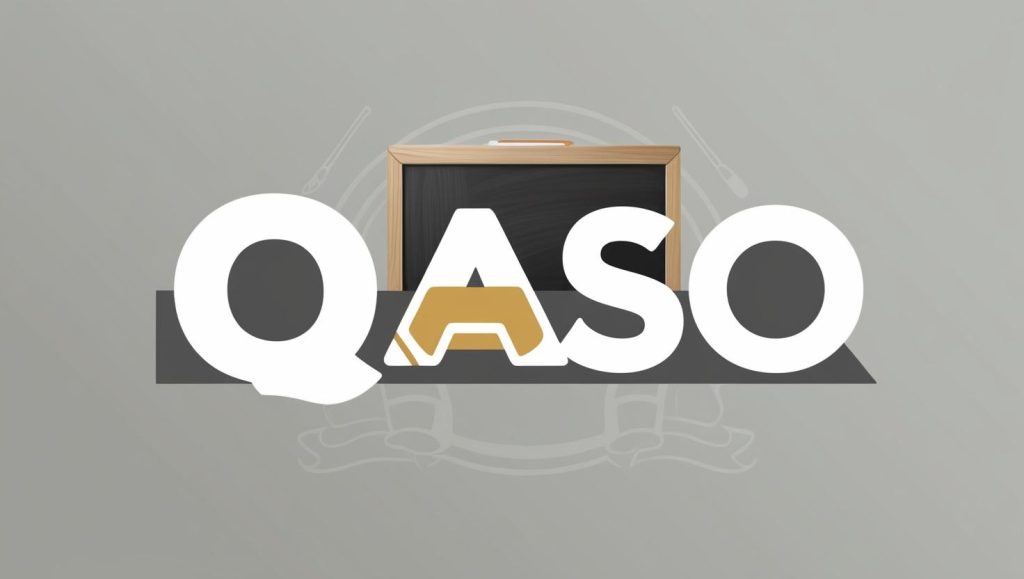
In a recent directive, schools across Kenya have been encouraged to share their laboratory facilities with Junior Secondary Schools (JSS). This initiative, as highlighted on the Kenya News Agency website Kenya News, aims to bolster the practical learning experience of students under the Competency-Based Curriculum (CBC). This policy presents an innovative solution to the challenges facing the implementation of effective science education in Kenya.
The Context of Science Education in Kenya
Kenya’s education system has undergone significant transformations with the introduction of the CBC, a learner-centered curriculum that emphasizes practical skills and competencies over rote memorization. Science, Technology, Engineering, and Mathematics (STEM) education is a critical component of this curriculum, designed to equip students with the skills needed for the modern workforce. However, the lack of adequate laboratory facilities in many schools has been a significant impediment to achieving the goals of the CBC.
The Directive: Sharing Laboratory Facilities
The Ministry of Education’s directive for schools to share laboratory facilities with JSS is a pragmatic approach to addressing this resource gap. By leveraging existing infrastructure, schools can provide students with the necessary practical exposure to complement their theoretical knowledge. This initiative is not only cost-effective but also fosters a sense of community and collaboration among schools.
Benefits of Sharing Laboratory Facilities
- Enhanced Practical Learning: Access to well-equipped laboratories allows students to engage in hands-on experiments, fostering a deeper understanding of scientific concepts. This practical experience is crucial for developing critical thinking and problem-solving skills.
- Resource Optimization: Many schools, especially those in rural areas, struggle with limited resources. Sharing laboratory facilities ensures that these resources are utilized optimally, benefiting a larger number of students without the need for significant additional investment.
- Professional Development for Teachers: This initiative also opens up opportunities for teachers to collaborate and share best practices. Teachers from different schools can work together to design experiments and laboratory sessions, thereby enhancing their professional development.
- Increased Student Engagement: Practical sessions in laboratories are often more engaging for students compared to traditional classroom teaching. This engagement can spark a greater interest in science subjects, potentially leading to more students pursuing STEM careers.
Challenges and Solutions
While the directive is a step in the right direction, its implementation may face several challenges:
- Coordination and Scheduling: Effective coordination is essential to ensure that the laboratory facilities are available to all schools that need them. Schools will need to develop a schedule that allows equitable access to the laboratories without disrupting regular classes.
- Maintenance and Safety: Increased usage of laboratory facilities could lead to wear and tear. Schools must ensure that laboratories are well-maintained and safety protocols are strictly followed to prevent accidents.
- Transportation: For schools located far apart, transportation of students to and from the laboratories could be a challenge. Stakeholders will need to consider solutions such as pooling resources for transportation or establishing mobile laboratories.
Role of Stakeholders
Successful implementation of this initiative requires the concerted effort of various stakeholders:
- Government: The Ministry of Education should provide clear guidelines and support for the sharing of facilities, including funding for maintenance and transportation where necessary.
- School Administrations: School leaders need to collaborate closely to develop effective schedules and ensure the smooth running of laboratory sessions.
- Teachers: Educators should take an active role in planning and conducting laboratory sessions, and in sharing knowledge and resources with their peers.
- Parents and Community: Parental and community involvement is crucial in supporting the initiative, particularly in areas such as transportation and ensuring student safety.
Conclusion
The directive to share laboratory facilities among schools is a forward-thinking solution to enhancing science education in Kenya. By maximizing the use of existing resources, this initiative promises to provide students with the practical skills necessary for their future careers while fostering a culture of collaboration and community in the education sector. As stakeholders work together to overcome the challenges, the benefits of this policy will become increasingly evident, paving the way for a more robust and effective educational framework in Kenya.
By embracing such innovative approaches, Kenya can ensure that its students are well-equipped to meet the demands of the 21st century, thereby contributing to the country’s socio-economic development and global competitiveness.


